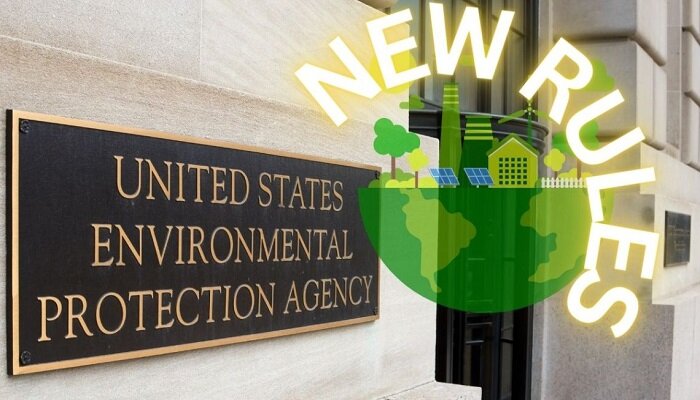In one of the moves, the Environmental Protection Agency- EPA happens to be thinking of excluding hydrogen fuel as it goes on to establish its rule in terms of limiting power plant pollution.
The rule, apparently, happens to have been created amidst some heavy sector pushback.
As per both, environmentalists along with the industry advocates, changing the rule in a way that would go ahead and sideline hydrogen likely would not go on to cause it to be weaker in any sense.
However, it isn’t evident which technology is going to be used as a replacement when it comes to hydrogen so as to support the final intermediate gas plant standard of the EPA.
According to Frank Sturges, the Clean Task Force attorney, due to the intermediate- standard when it comes to new gas, what they happen to be looking forward to is how the EPA goes on to define the subcategory and what are the pollution control measures that they are making use of to set the emission rate.
It is well to be noted that the May draft EPA rule happened to look at two specific hydrogen fuel technologies.
Within that rule, the EPA went ahead and stressed two benchmark technologies, which happened to be carbon capture as well as green hydrogen fuel. This was indeed a very unusual move coming from the agency, which looks forward to making use of the benchmark technologies as the basis of its new benchmark to be applied across the large and regularly operated gas plants.
What this goes on to further mean is that when the EPA happens to issue its final rule, it is most likely to lean on carbon capture so as to uphold a powerful pollution standard in terms of those kinds of baseload plants.
However, the proposal that happens to be put forth by the EPA has gone on to identify just the hydrogen fuel as the most ideal system for reducing emissions for the intermediate units.
The proposed rule will also go on to require intermediate facilities so as to slash their carbon emissions by 2032 in sync with what their reduction is going to be if they happen to be burning 30% lower greenhouse gas H2 blended with natural gas.
One of the main arguments against this rule happens to be that green hydrogen fuel, i.e., H2 made by way of using renewable energy like solar or wind to power electrolysis in terms of zero-emission production, still happens to be expensive. This goes on to mean that it is not cost-effective for people who would rather want to use. Apart from this, it was also recently gauged that a new production tax credit may as well do as much so as to start the green H2 sector as it was initially believed to be doing.




































